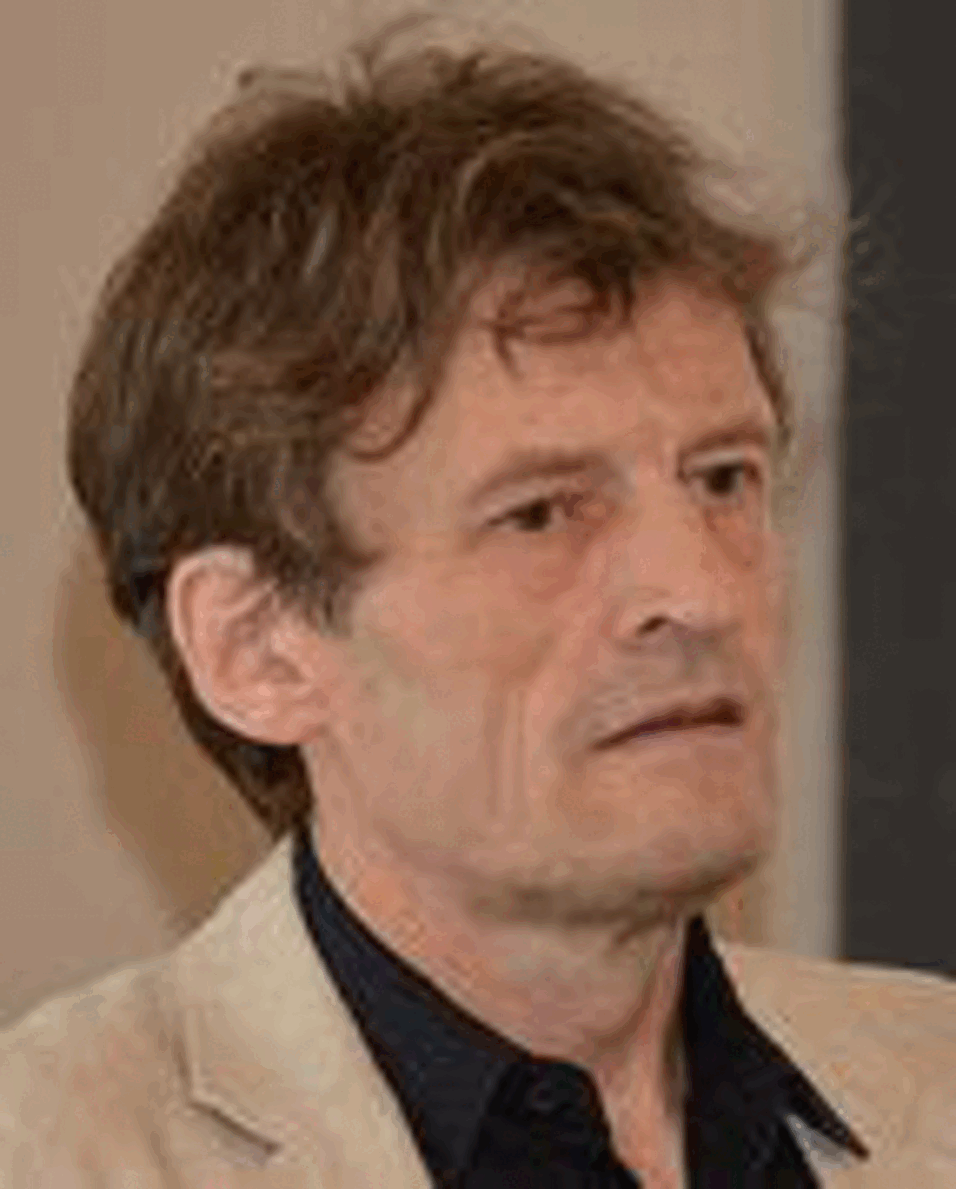A remarkable event took place in Ise in October 2013. Amaterasu, the sun goddess, abandoned her shrine – her abode of just twenty years – and made a dramatic entry into the human world. Accompanied by throngs of priests, she progressed through the night to an adjacent plot just 300 metres away. There stood a brand new shrine, identical to the one she had just left. Into this new structure, Amaterasu withdrew. The shrine she abandoned is now dismantled but, eighteen years from now, a new shrine will be erected and back she will progress. For well over a millennium, the sun goddess has been progressing back and forth from one site to the other every twenty years.
In this talk, I use Amaterasu’s post war progresses of 1953, 1973 and 1993 as a method for exploring the shifting relationship of the Ise shrines to the state, to the imperial court and to the nation in post war Japan. I understand post-war Ise as a site of constant negotiation between the realms of secular and sacred, public and private, state and religion. Each of the sun goddess’s post war progresses was a drama; each marked a critical moment in Ise’s post war history; and so each affords an opportunity to explore the dynamics of the negotiation. Reflecting on Ise from the perspective of 2015, what might we conclude is the direction of Ise’s post war trajectory?
John Breen is Professor at the International Research Center for Japanese Studies in Kyoto. He has published widely on issues of state and religion in modern Japan. Recent publications include A new history of Shinto (with Mark Teeuwen) 2011, and Girei to kenryoku: tennō no Meiji ishin (Ritual and power: the emperor and the Meiji restoration) 2011. Recent articles include “The nation’s shrine: conflict and commemoration at Yasukuni,” in Tsang and Woods ed. The cultural politics of nationalism and nation-building, Routledge, 2014, and “Shinto monogatari: Meiji-ki no Ise” (Tales of a sacred city: Meiji period Ise) in Takagi ed., Kindai Nihon no rekishi toshi, 2013.
Institut für Ostasienwissenschaften – Japanologie
UniversitätsCampus, Hof 2, Eingang 2.4
Seminarraum 1

